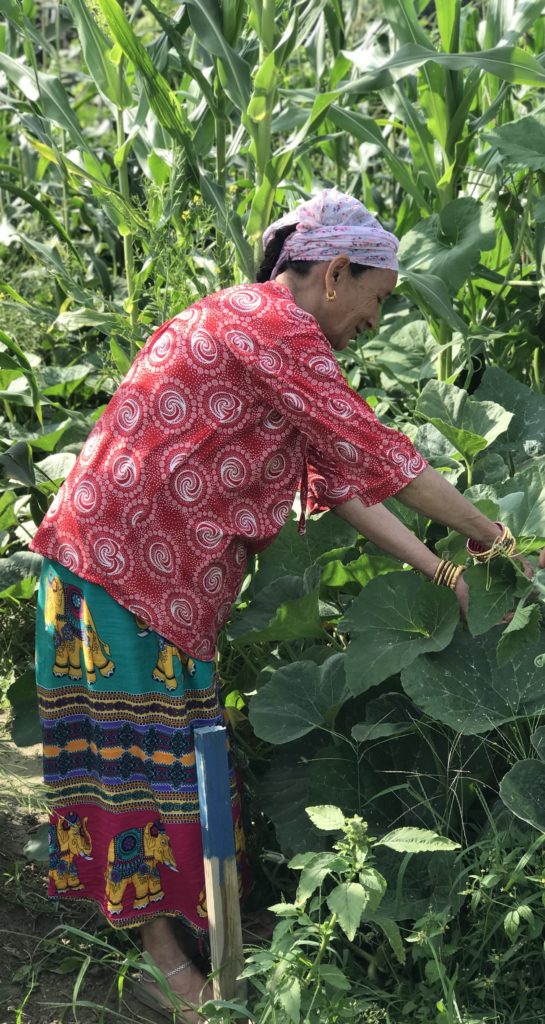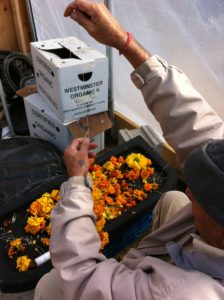 More than a Market
More than a Market
Local Immigration Block 3 (4 on narrative)
The push-and-pull dynamic of immigration has not changed, but the process that brings many of the recent immigrants and refugees to the Burlington area is different. Today, the Vermont Field Office of the U.S. Committee for Refugees and Immigrants receives and places the majority of newcomers, and AALV provides case management services to assist refugees with long-term integration opportunities.
The impact of this work has been dramatic. In 2017, foreign-born residents constituted 12.8 percent of Burlington’s total population and 18.1 percent of Winooski’s total population, compared to 13.7 percent in the nation.

Many of these newest Americans live in multifamily housing in the traditional immigrant neighborhoods of Burlington and Winooski. Like their predecessors, they work long hours and often juggle two or three jobs to support their families and to give their children the opportunity for a good education and secure future. Some maintain gardens or open markets and restaurants to provide access to ingredients and recipes from their food traditions.
While the entrepreneurial spirit and work ethic is a constant past to present, America is reckoning with a different definition of itself as a nation of immigrants. Rather than a melting pot of assimilated cultures, today’s America is more of a tossed salad with different cultures mixing as a vibrant whole, yet celebrating and preserving cultural traditions. This is apparent in Burlington and Winooski, with their profusion of ethnic restaurants and markets and cultural celebrations open to all.
Below: Stringing marigolds into necklaces for a Bhutanese community celebration. Photo: Alisha Laramee.
